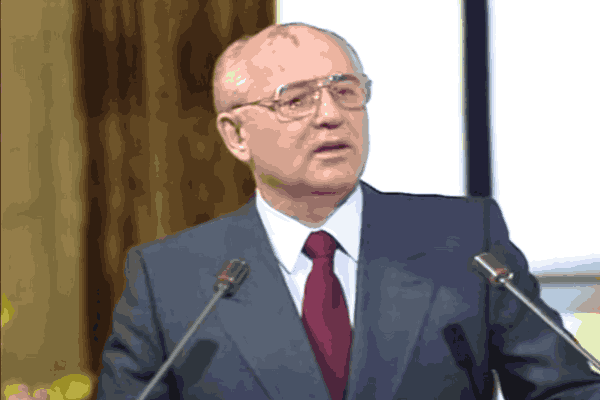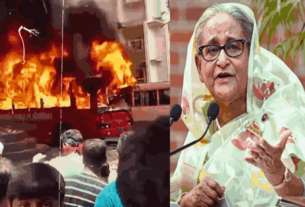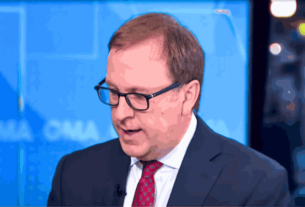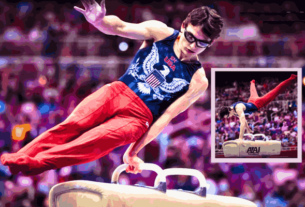Gorbachev the Popular Figure In Soviet Union History
Gorbachev, who was awarded the Nobel Peace Prize in 1990, had paved the way for a free Europe. “Mikhail Sergeyevich Gorbachev was born on March 02, 1931, and died on August 30, 2022, at 91.
The Nobel Peace Prize of 1990 was awarded to a politician. This politician was originally from Russia and served in the Soviet Parliament. He was the final head of the state from Soviet Union. He was important in ending the Cold War since he played a non-negotiable role. Despite his efforts, the Soviet Union collapsed.
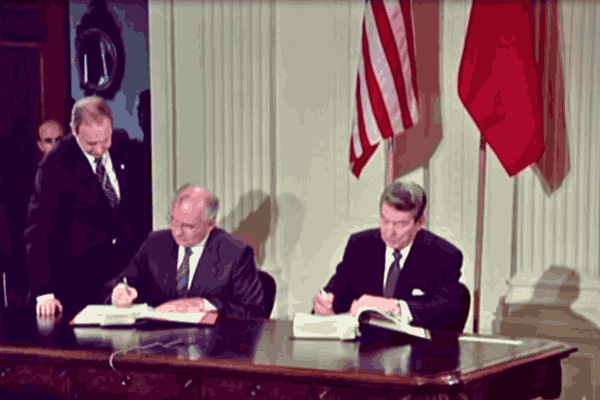
Gorbachev is a really big deal, not just in Russia, but everywhere. Gorbachev did some major things. He made agreements about weapons with the United States. He helped take down the Iron Curtain that split Europe since World War II. Plus, he played a part in getting Germany back together.
Gorbachev Introduced Process of Change
The Process of Change in the Soviet Union was first initiated by Gorbachev. This process of Change was later called perestroika (1985-1991). The driving force of perestroika was glasnost (openness).
Gorbachev purposed reforms plans in order to bring the market economy under control during his reign. As a result, this led to the end of the dictatorial regime in USSR. By 1990 the state authority from the communist party was shifted. It was transferred to Congress of People’s Deputies of the USSR within USSR. This parliament was constituted through the first free and fair elections to take place in the Soviet Union. Mikhail Gorbachev was chosen by the Congress of People’s Deputies as the new President of USSR.
His policy of “glasnost” (openness) allowed for more freedom of speech and press, while his “perestroika” (restructuring) aimed to decentralize the existing economic decision-making process to improve efficiency.
Gorbachev brought a significant change in international affairs. Gorbachev initiated an active policy of détente based on the new thinking associated with his name. He soon became a key figure in world politics.
From 1985 to 1991, things really turned around between the USSR and the West. They went from seeing each other as enemies or a “bad nation” to more like partners. Gorbachev was a big part of making this happen. He stopped the arms race and helped bring Germany back together, which was a huge deal in ending the Cold War.
The world appreciated Gorbachev’s exceptional roles as the leader of all political leaders and a great reformer. The impact that he has made is not only limited to a one way street, it’s for the larger good of everyone involved. On October 15, 1990, Mikhail Gorbachev was awarded the Nobel Peace Prize.
Tributes by World Leaders
Present World leaders were quick to pay tribute to Gorbachev.
– Vladimir Putin expressed his deepest condolences.
Gorbachev, who was awarded the Nobel Peace Prize in 1990, had opened the way for a free Europe.
– European Commission chief Ursula von der Leyen
Gorbachev’s tireless commitment to opening up Soviet society remains an example to us all.
– British Prime Minister Boris Johnson.
Gorbachev had believed in ‘glasnost and perestroika – openness and restructuring’ – not as mere slogans, but as the path forward for the people of the Soviet Union after so many years of isolation and deprivation.
– U.S. President Joe Biden.
Gorbachev with Perestroika: A Catalyst for Soviet Union’s Transformation
The Soviet Union faced numerous challenges which includes dwindling economy, stalling political environment and disenchantment among the general populace Mikhail Gorbachev who was the head Secretary of Communist party in Soviet Union started initiative called perestroika which refers to restructuring.
This new plan was meant to jazz up everything in the Soviet Union—the economy, how things were run, and even how people lived. Gorbachev’s perestroika was a huge deal for the Soviets and made a big splash worldwide.
The Need Identified By Gorbachev
Gorbachev recognized that the Soviet Union’s centrally planned economy was stifling innovation and failing to meet the needs of its people in the changing world. Under perestroika, Gorbachev initiated measures to introduce elements of market mechanisms, decentralization, and private enterprise. State-owned enterprises were granted more autonomy, allowing them to respond to market demands and become more efficient.
The policy of glasnost (openness) accompanied perestroika, aiming to increase transparency and reduce corruption. This created an environment where previously suppressed information about the country’s economic shortcomings could be discussed openly. Gorbachev’s intention was to spur public debate and encourage citizens to actively participate in finding solutions to the country’s economic challenges.
Political Reforms Introduced By Gorbachev
Gorbachev emphasized to reform the soviet system which was being controlled by the communist party, with an aim to democratize it. He came up with new policies among which democratization of local government was emphasized. The goal was to provide diversified political representation and to ensure constructive dialogue within the country.
Gorbachev’s changes didn’t sit well with the old-school leaders in his own party. His push for more openness and democracy had some unexpected results, like more people wanting independence and the government having less control. Eventually, these changes played a big part in the Soviet Union breaking up and new countries forming in the early ’90s.
Societal Impact
Perestroika really shook things up in Soviet life! It aimed to tear down censorship walls and let people speak their minds freely. Suddenly, books and movies that were once banned were everywhere, sparking a wave of creativity and ideas. This fresh vibe also made folks rethink Soviet history and how the country fit into the global scene.
The policy also paved the way for increased international engagement. Gorbachev’s commitment to détente led to historic summits with Western leaders, including the United States’ Ronald Reagan. These meetings resulted in landmark agreements such as the Intermediate-Range Nuclear Forces (INF) Treaty, signaling a shift towards a more cooperative relationship between the superpowers.
Challenges Legacy and Reform Policy of Gorbachev
Despite its ambitious goals, perestroika faced a lot of challenges and ultimately fell short of its objectives. The introduction of market-oriented reforms led to economic disruption and increased inequality. The dismantling of the centralized planning system without a well-developed alternative contributed to a period of economic instability and hyperinflation.
The state’s relaxation of censorship ultimately led to the dissolution of the Soviet Union in 1991 because this had given rise to nationalist and secessionist movements within the country. The fall down of the Union signifies that cold war ended and this had important outcomes for global politics.
However, Gorbachev’s perestroika remains a pivotal moment in Soviet history. It opened the door to political and economic reforms that were previously unthinkable, fostering a spirit of critical thinking and debate within the country. It challenged the status quo and forced the Soviet Union to confront its deep-seated problems. While perestroika ultimately led to the unraveling of the Soviet Union, its legacy is one of profound change and transformation.
The impact of perestroika extended far beyond the borders of the Soviet Union. It inspired movements for political and economic reform in other socialist countries, leading to the collapse of communist regimes across Eastern Europe. The fall of the Berlin Wall in 1989 symbolized the end of an era and the triumph of democratic ideals.
Gorbachev’s changes in Russia made some big shifts. They moved from a system where the government controlled most things to one that was more about markets. But it wasn’t smooth sailing. Lots of folks found it tough to adjust. Some people got super rich from taking over big state businesses, while others lost jobs and had a hard time making ends meet.
Russia Then and Now
The legacy of perestroika continues to shape Russian politics and society to this day. The democratic institutions that began to take root during Gorbachev’s era have evolved, albeit with some setbacks, into a more pluralistic political system. However, Russia’s journey towards democracy has been complex, marked by a consolidation of power under President Vladimir Putin and concerns about the erosion of civil liberties.
Despite the initiatives taken, many critics believe that the intended outcomes of building a socialist, prosper culture Soviet Union were not realized. It led up to disarray within all societal classes (lower, middle and upper), this provided several tangible losses in the lives. Yet, those support it argue that perestroika was important to address the long-standing issues in soviet systems Moreover, this change of mode should still be done.
Gorbachev the Hero
Gorbachev’s perestroika was a big effort to shake up the Soviet Union. It tried to change things in the economy, politics, and society, making it more open and lively. Even though perestroika faced lots of problems and eventually led to the Soviet Union breaking up, its impact was huge. It sparked movements for democracy in Eastern Europe, changed Russia a lot, and affected the whole world. Though it had its faults, perestroika stands as a key part of Soviet history, showing how powerful change and making things new can be.

